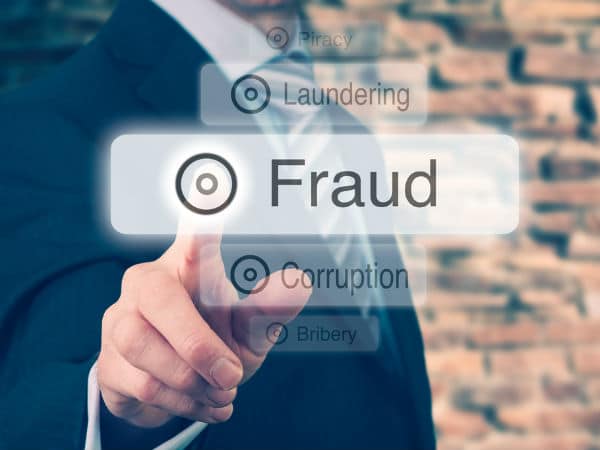The Menace of Counterfeit Goods: Types, Prevention, and Reporting

Introduction
Counterfeit goods are products that are made and sold with the intent to deceive consumers by imitating the appearance, branding, and quality of genuine products. These knock-offs have infiltrated virtually every industry, from fashion and luxury items to electronics and pharmaceuticals. The global counterfeit market is estimated to be worth hundreds of billions of dollars, posing a significant threat to businesses, economies, and consumers alike.
This article aims to provide an in-depth exploration of counterfeit goods, including their various types, methods to prevent them, and ways to report suspicious products. By understanding the extent of this issue, we can better protect ourselves from falling victim to counterfeit products and help combat this growing menace.
Types of Counterfeit Goods
Counterfeit goods can be categorized into several types based on their level of deception and the industries they target. Some of the most common types include:
1. Imitation products
These are products that closely resemble genuine items but are made from inferior materials and have compromised quality. They often come with counterfeit logos and branding, making it difficult for consumers to distinguish them from the real thing.
2. Unauthorized reproductions
These are products that are produced without the permission of the original manufacturer or trademark holder. They may be of similar quality to genuine items but are illegally sold under the same brand name.
3. Overruns and factory seconds
Overruns are products that have been produced in excess of the manufacturer’s orders. Factory seconds are products that do not meet the quality standards set by the original manufacturer. Both types of products may be sold illegally as genuine items.
4. Pirated goods
Pirated goods, such as software, movies, and music, are unauthorized copies of copyrighted material. These products are often sold at a fraction of the price of the original, robbing creators of their deserved income.
Prevention Measures
Preventing the proliferation of counterfeit goods requires a multi-pronged approach involving manufacturers, retailers, and consumers. Here are some key strategies to combat counterfeiting:
1. Strengthening intellectual property (IP) protection
Governments need to enforce strict IP laws to deter counterfeiters and protect the rights of brand owners. This includes penalties for copyright infringement, trademark counterfeiting, and patent violations.
2. Implementing security features
Manufacturers can incorporate security features such as holograms, serial numbers, and RFID tags into their products to make it more difficult for counterfeiters to reproduce them.
3. Supply chain monitoring
Companies should closely monitor their supply chains to ensure that counterfeit products do not infiltrate their distribution networks. This involves conducting regular audits and working with trusted suppliers and distributors.
4. Raising consumer awareness
Educating consumers about the risks of counterfeit goods and how to identify them is crucial in the fight against counterfeiting. Public awareness campaigns can help inform the public about the dangers of counterfeit products and encourage them to report suspicious goods.
Reporting Counterfeit Goods
Reporting counterfeit goods is a critical step in stopping their proliferation and protecting consumers from their potential dangers. Here are some steps you can take if you suspect a product is counterfeit:
1. Contact the brand owner
If you suspect a product is counterfeit, the first step should be to contact the brand owner or manufacturer. They may have a dedicated team to handle counterfeit reports and can provide guidance on the next steps to take.
2. Report to local authorities
In many countries, counterfeiting is a criminal offense. If you come across counterfeit goods, report them to your local police or relevant government agency.
3. Notify online marketplaces
If you encounter counterfeit products on an online marketplace, report the seller to the platform. Most major e-commerce platforms have policies in place to combat counterfeit goods and will take action against sellers found to be dealing in fake products.
4. Share your experience
Help raise awareness about counterfeit goods by sharing your experience on social media or online forums. By spreading the word, you can help others avoid falling victim to counterfeit products and support the fight against this illicit trade.
Conclusion
Counterfeit goods are a pervasive problem with far-reaching consequences. By understanding the various types of counterfeit products, implementing prevention measures, and reporting suspicious goods, we can help combat this issue and protect businesses, economies, and consumers from the dangers posed by counterfeit products.
